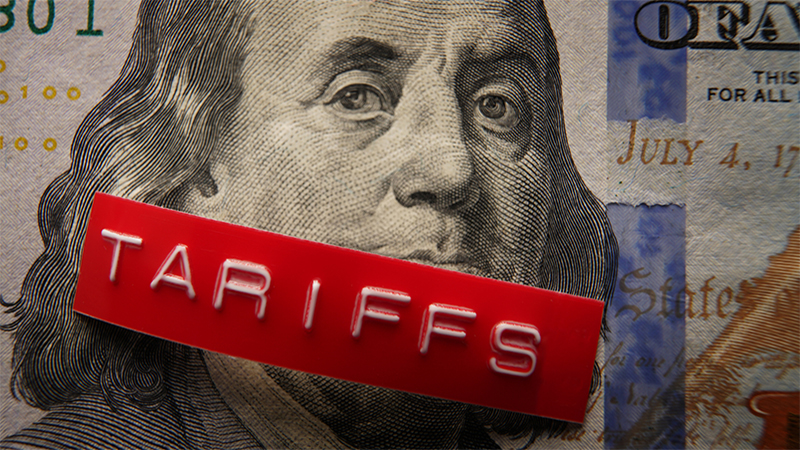Meanwhile, the yield on the 10-year Treasury rose from 2.20% to 2.27%, as its price correspondingly fell.
There was no single catalyst for the rally. Equities benefited from new stimulus from the European Central Bank (ECB), positive economic data out of China, the expectation for more equity purchases by Japanese pension funds and better than-expected earnings in the United States. Going forward, we think stocks can make further gains, and would continue to favour Japanese equities while adopting a more constructive stance on U.S. consumer stocks.
A Shift in Sentiment
Sentiment continued to improve last week with investors taking solace in the potential for expanded bond buying by the ECB, a respectable Chinese gross domestic product (GDP) report and more buying of domestic stocks by Japanese pension funds.
Equities also benefited from generally positive earnings reports from U.S. companies.
To be sure, there were some notable disappointments – namely, IBM, McDonald’s and Coca-Cola – but most companies are beating expectations. So far, with 30% of S&P 500 companies having reported, earnings have grown 11.3% and revenue by 5.1%, beating expectations of 5% and 1%, respectively. Notable winners included Apple and Caterpillar, which raised its full-year guidance on expectations for better global growth. All of this was welcome news for investors worried about how a stronger dollar and slower growth might impact U.S. earnings.
Stocks were not the only asset class to benefit from the change in sentiment.
Fixed income flows were $7.8 billion last week, and aside from Treasury funds, the greatest inflows were into high yield funds. As we suggested a few weeks ago, high yield became attractive during the recent sell-off. Since then, high yield bonds have rallied and the spreads versus Treasury bond yields have contracted by over 60 basis points (0.60%).
One of the reasons for the rebound in high yield is the lack of yield in other segments of the fixed income markets. With inflation remaining low throughout the world—core U.S. inflation in September came in at just 1.7%, below the Fed’s target—the yield on more traditional bonds remains stuck at low levels. This has left investors, once again, stretching for sources of income in their portfolios.
Two Areas to Watch: Japanese and U.S. Consumer Discretionary Stocks
As we look ahead, where do we see value in the market? One is a country we have favoured for some time, while the other is a sector that looks more attractive following the sell-off and lower energy prices and interest rates.
We have had a preference for Japan for a while. Japanese stocks surged last Monday (up nearly 4%) and continued to build on those gains throughout the week.
The rally was sparked by news that Japan’s Government Pension Investment Fund (GPIF), the world’s largest pension fund, would more than double its allocation to domestic stocks, from 12% of its portfolio to 25%, potentially as soon as this month. Other Japanese institutions are likely to follow suit.
Stock purchases by major institutions should cause prices to rise and be a catalyst for further gains.
As such, we remain positive on Japanese equities. Meanwhile, investors also might want to take a new look at the U.S. consumer discretionary sector. We have been cautious on this sector all year. Indeed, a combination of sluggish income growth, below-trend spending and high valuations has resulted in significant underperformance: The sector is down year-to-date versus a 6% gain for the S&P 500.
However, even though income growth is likely to remain lackluster, consumer spending could well be boosted going forward by lower energy prices and the recent drop in interest rates, which has pushed 30-year mortgage rates back down to 4%. These developments, coupled with stronger economic growth in the second half, suggest that consumer stocks are likely to come under less pressure, prompting us to move back toward a benchmark weight in this sector.










